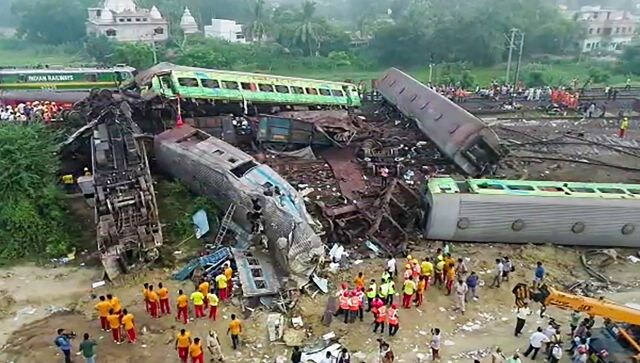Steam leaks at TATA Steel plant in Odisha, 'affected' workers rushed to hospital
The company mentioned that it is working closely with the relevant authorities on the ground and has initiated an internal investigation to ascertain the cause of the accident

Representative image. AFP
A suspected pipe burst in a TATA Steel plant in Odisha’s Meramandali has affected a number of employees who have been taken to the hospital, the company said in a statement.
“We are saddened to report an accident at the BFPP2 power plant due to escape of steam at Tata Steel Meramandali Works in Dhenkanal, Odisha. The accident occurred at 1:00 pm (IST) today during the course of the inspection work and has affected a few people working at the site, who were immediately shifted to a hospital for further treatment,” the statement read.
It added, “Immediately post the accident, all the emergency protocol services were activated and the area has been cordoned off.”
Tata Steel Statement on Accident at BFPP2 Power Plant, Tata Steel Meramandali pic.twitter.com/sISjI2Wlaa
Related Articles
— Tata Steel (@TataSteelLtd) June 13, 2023
The company also mentioned that it is working closely with the relevant authorities on the ground and has initiated an internal investigation to ascertain the cause of the accident.
The number of workers affected has not been revealed yet.
Read all the Latest News, Trending News, Cricket News, Bollywood News,
India News and Entertainment News here. Follow us on Facebook, Twitter and Instagram.
also read

Odisha Train Crash: Engine drivers, guards of 2 trains injured in accident
Friday night's accident killed at least 261 people and injured more than 900, in one of the worst railway tragedies in the country.

Odisha Train Accident: North Western Railway issues helpline numbers
The North Western Railway said that passengers or the general public can get information on numbers 0141-2725806 and 0141-2725804.

Odisha Train Accident: Railway Minister identifies reason behind Balasore tragedy
A system of signal equipment called an electronic interlocking prevents trains from moving in opposition to one another along a network of lines. Essentially, it is a safety mechanism to stop signals from being changed in the wrong order. This system's goal is to prevent a train from moving forward


